Advertisement
A tribute for Charles Daniels, a.k.a the Master Blaster, and the 90,000 photographs he left behind
In the late 1960s and early 70s, Charles Daniels — a.k.a. the Master Blaster — enjoyed a rarefied vantage point as the debonair emcee at The Tea Party. That legendary concert venue's two locations hosted a parade of rising musicians — Pete Townsend, Rod Stewart, Mick Jagger, Ron Wood, Frank Zappa, Peter Wolf — and Daniels always had a camera in his hands. Over the years he took rolls of candid shots in Boston, and beyond, that are like rock history time capsules.
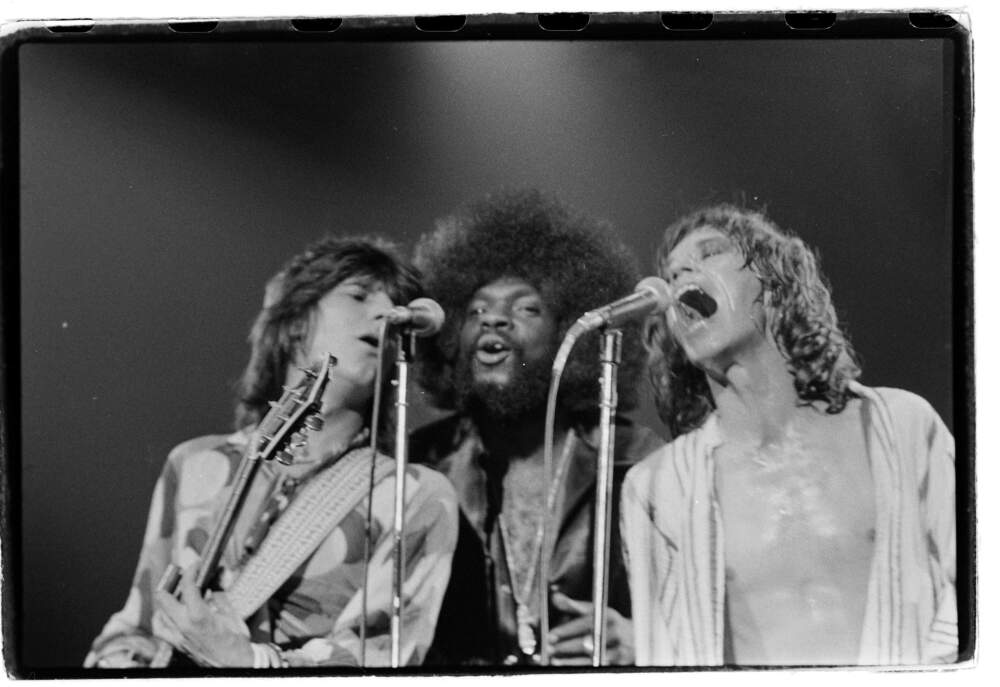
When he died on January 22, Daniels left behind a trove of 90,000 images. For decades they sat undeveloped, inside canisters that were stored in zip lock bags at his Somerville home. During the last years of Daniels’ life, thousands were developed with support from a small army of friends.
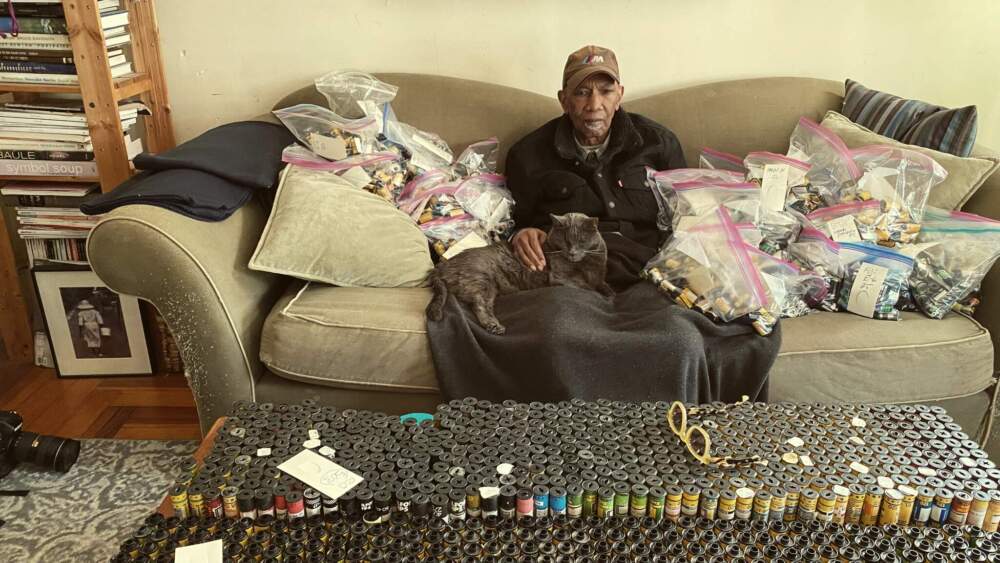
On Sunday, April 7, a tribute to the photographer that includes a slideshow of images he captured is being held at the Center for the Arts at the Armory in Somerville. It's being organized by Daniels’ life partner Susan Berstler, along with his friends musician Ken Field and Cecily Miller.
“When someone dies it's really important to remember and honor them in a way that is compatible with their spirit and their life experience,” Miller said, “The photos are a beautiful record of how he lived and what he thought was important.”
Daniels picked up photography as a kid. He grew up in rural Alabama where his family picked cotton by day and ran a speakeasy at night. Then Daniels’ family moved to Boston, where he found his first camera and taught himself how to use it. He went on to wander the streets, creating a visual diary of whatever caught his eye.
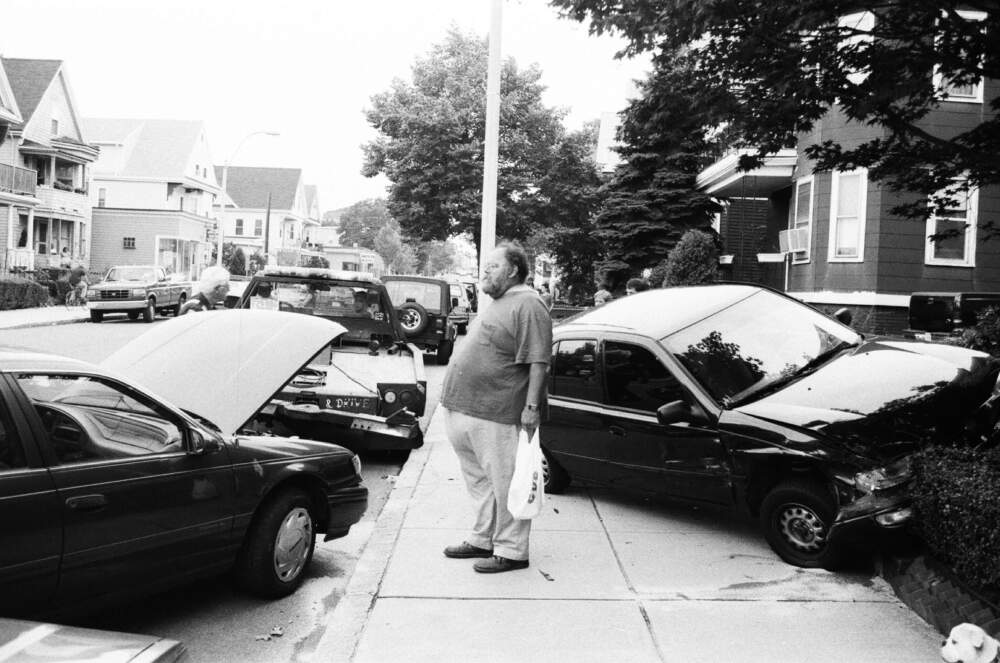
“There are nurses getting off the Orange Line, people who may be a little down on their luck sitting in a doorway, some anonymous person wearing a great pair of shoes, a very cool car parked near the public garden,” Miller said, “He captured the texture of daily life — and not all of the photos are fantastic — but for me, those pictures are as important as the stage photos.”
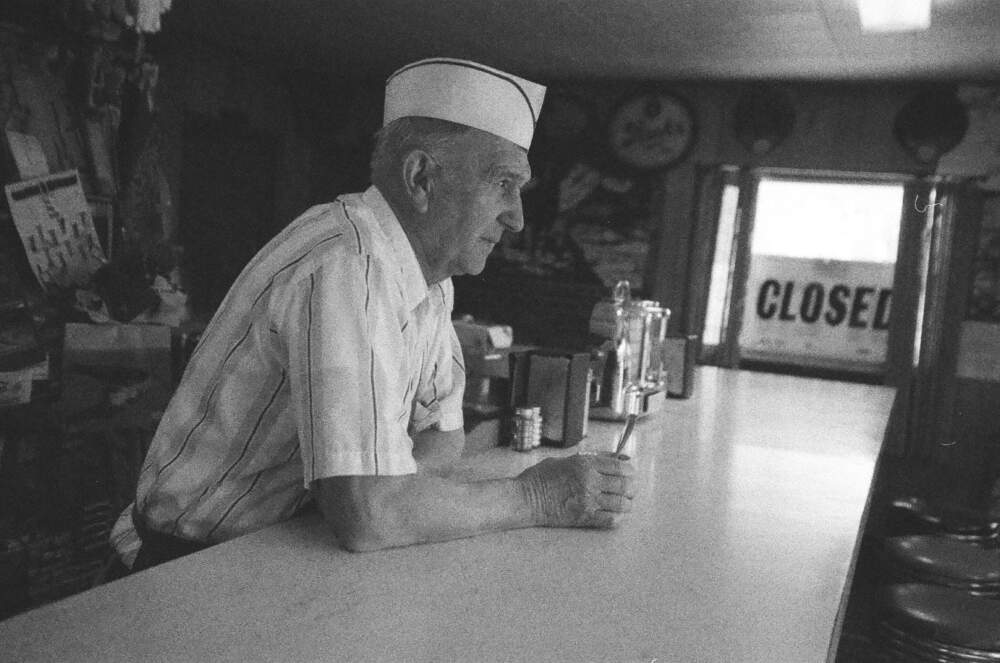
Miller got to know Daniels in the 80s when she was the executive director of the Somerville Arts Council and Berstler was an active volunteer. Miller recalled having no idea about his rock history until she spotted a photograph in their kitchen.
“You see in some of his photographs this enormous intimacy,” she said, “you really feel like you're let into an intimate moment with these legendary people. The musicians knew that he wasn't on the make, he wasn't looking for a gotcha moment. He was a friend and had the right vibe.”
Daniels and Beastler lived in the same house for more than 30 years. After Daniels was diagnosed with a rare form of leukemia, Miller said they got serious about preserving his thousands of rolls of undeveloped film and launched a GoFundMe campaign during the pandemic.
“There was an enormous feeling of urgency and wanting to preserve his legacy,” Miller recalled, and word spread. “There are many communities of people who had been touched by Charles, people in the photo labs that he used, fellow photographers, rock musicians, dancers, neighbors.” Even musician and fellow photographer Graham Nash pitched in.
The outpouring was affirmation for who Daniels, who remained active in the local art scene and stayed connected with friends from his days at the Tea Party and WBCN. The GoFundMe affirmed who he was to the community.
“He didn't know that his cultural documentation, his record of his life and of the people around him, was so valued," Miller said.
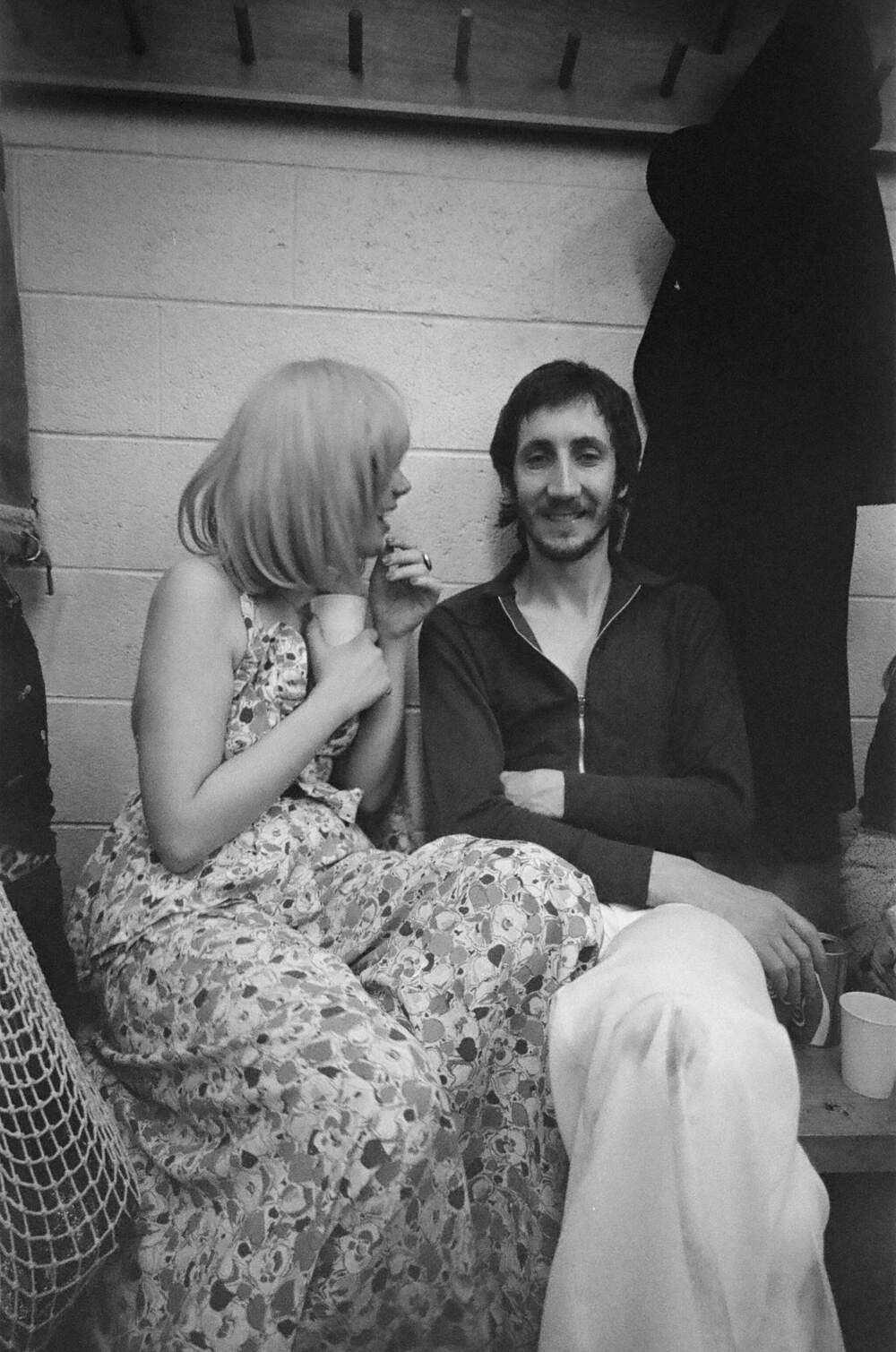
As chunks of money came in, Berstler would load up another box and ship it off to Film Rescue, a lab in Canada that specializes in saving imagery from oblivion. Before Daniels died, 3,200 rolls had been processed and scanned. So far more than $78,000 has been raised, but the campaign continues because Miller said they still have to develop, scan and frame more of Daniels' work.
For this weekend, though, Miller is focusing on creating a beautiful memorial for Daniels and the friends who supported him.
“The mysteriousness of these undeveloped canisters of film captivates people's imagination,” she said, “And so to unveil some of those images a way to thank all the people who participated in raising the funds to preserve this legacy.”
In addition to the tribute, Berstler is hosting an exhibition at her volunteer-run Nave Gallery. That show will be up for during Somerville Open Studios May 4-5.
“There's enough to be doing monthly exhibits for the next 10 years,” Miller said, “Charles did a lot of other work that he did get developed and that he did print that’s quite strong and beautiful. So it's not like the canisters are the only part of the story — they’re just a kind of poetic part of the story.”
Below are some of Daniels’ images selected by Berstler and Miller. Miller shared her thoughts about a few, which are lightly edited.
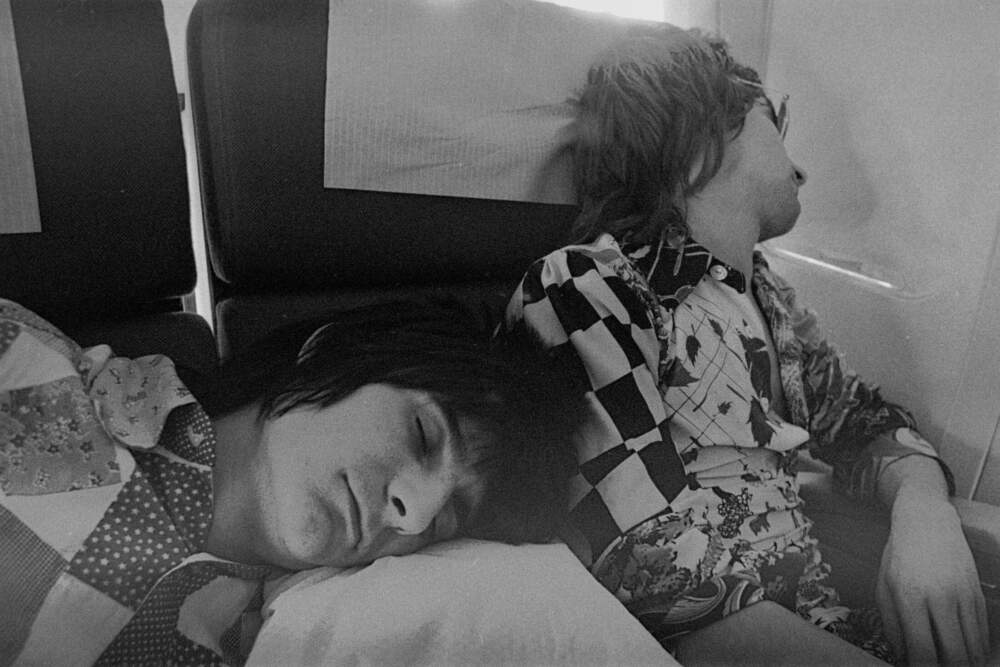
Miller: It is kind of wonderful to see these moments of vulnerability in these guys when they were so young.
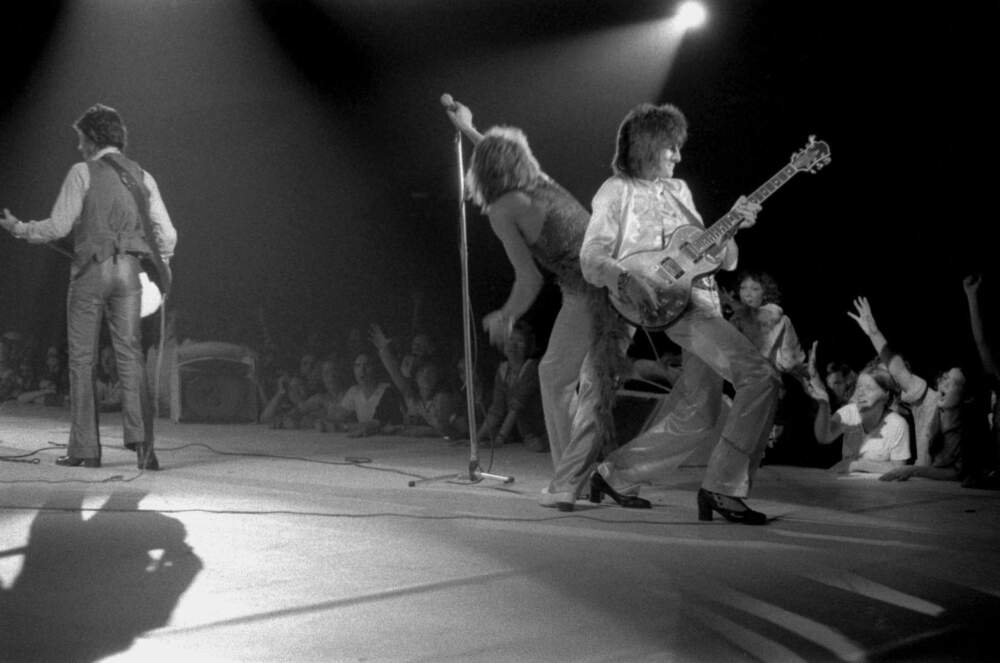
Miller: You get a very vivid sense of the energy, charisma and power of the musicians on stage, and a little glimpse of the audience straining towards them, wanting to make a connection with these heroic figures. He (Charles Daniels) caught the glamour and raw authenticity of those musicians at that time because he announced from the stage. He stood at the side of the stage and could take photos whenever he wanted to.
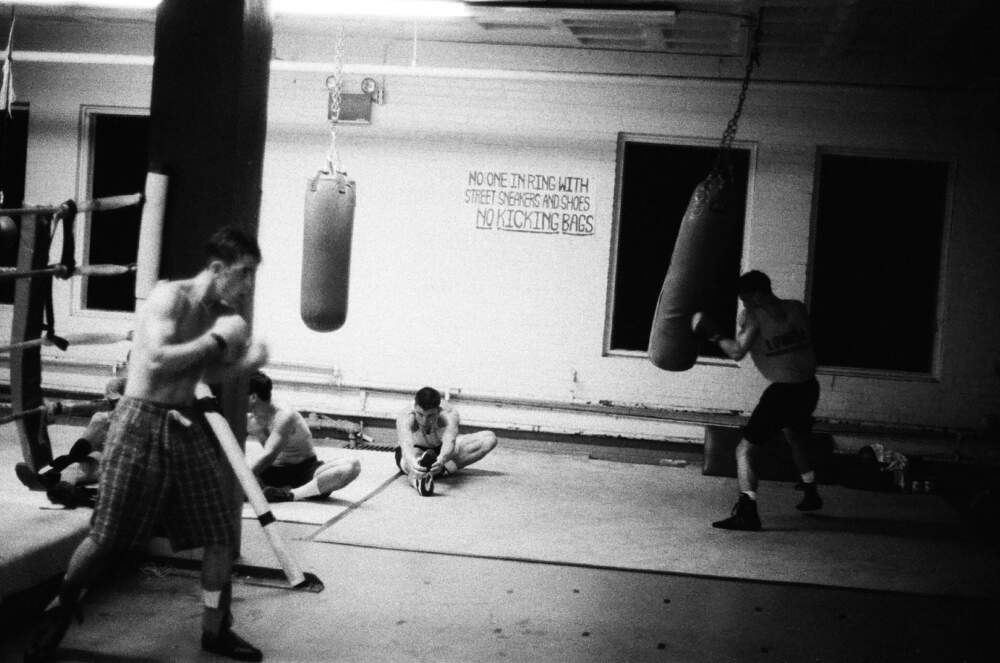
Miller: That boxing gym was a place he went to one time with a friend. It was in a neighborhood that was not especially open to black people. But Charles went with someone who knew the folks at the gym. Afterward he said it was an interesting experience. I mean, he was willing to move in any world, and that doesn't necessarily mean it was always super comfortable.
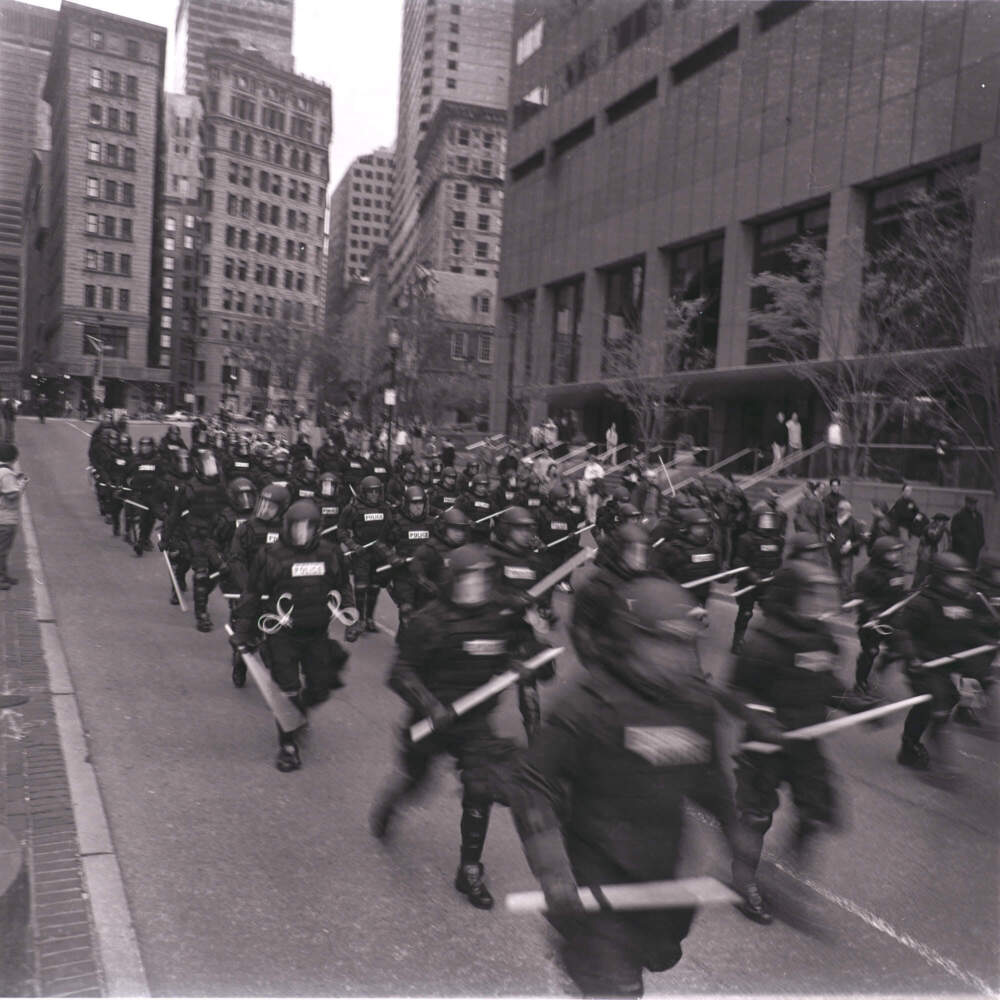
Miller: The reality of Boston in the late sixties and seventies was that it was a gritty town. A lot of people didn't have much money, there were issues of racism, there were protests going on. There’s a whole set of images about a guy getting arrested. And these images are capable of telling that story of how complex that time was. This kaleidoscope of images, this universe, given that at any moment on any day he could click that shutter. Who else was positioned to do that? And who else was curious about things that are very mundane that captured his eye.
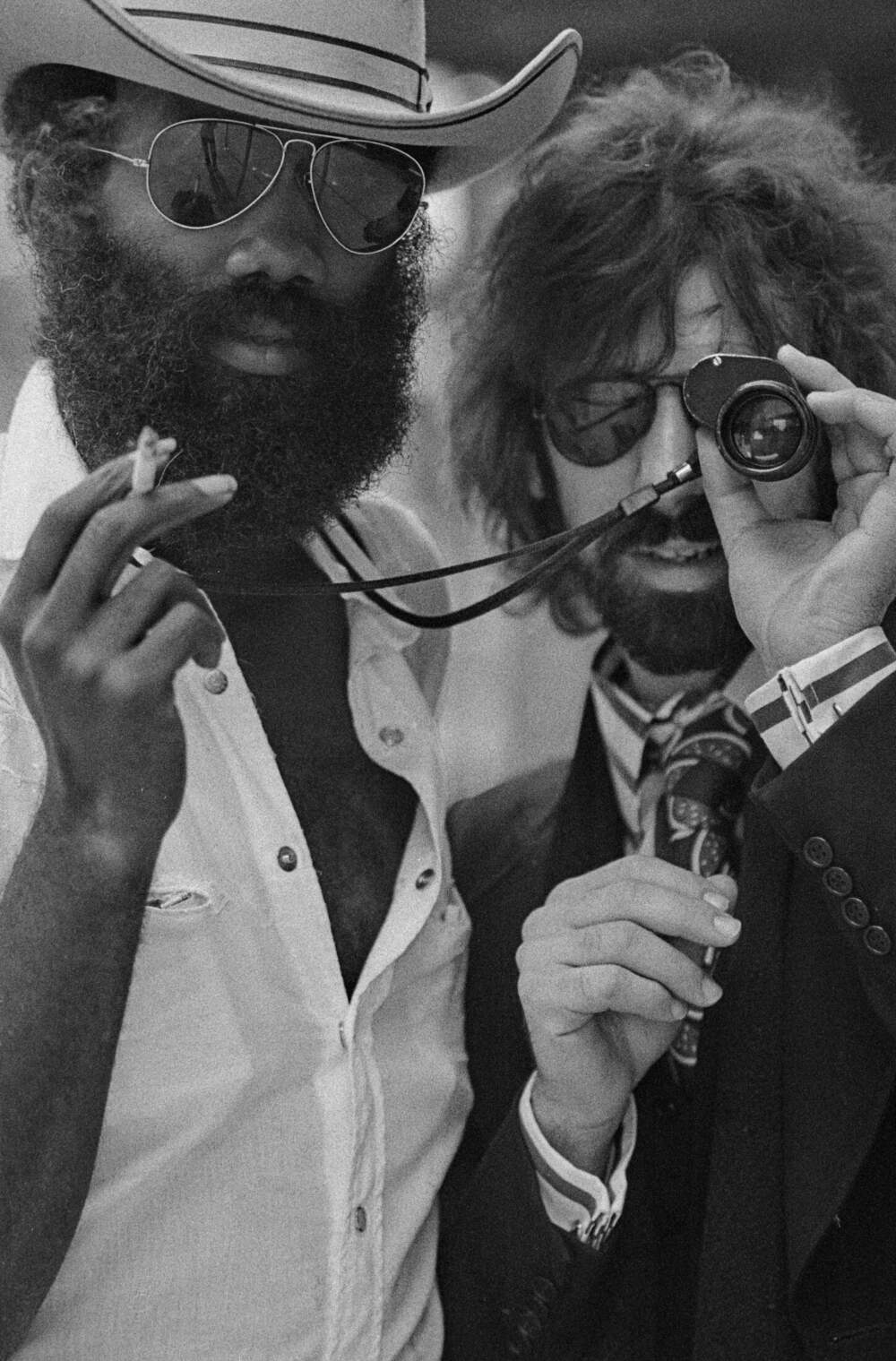
Miller: He was very close to Peter Wolf (who gave Daniels the nickname “Master Blaster”). I don't actually know who took it. I like the way that that photo plays with who's looking through the lens with the pleasure of being looked at, as well as the pleasure of looking at someone else. Who's the photographer? Who's the subject? Is it a performance, or a genuine dropping of guard? The fact that they're wearing these glasses — and actually you can see the photographer in Charles's sunglasses — the whole image is a product of seeing. And Peter looking through this loop.
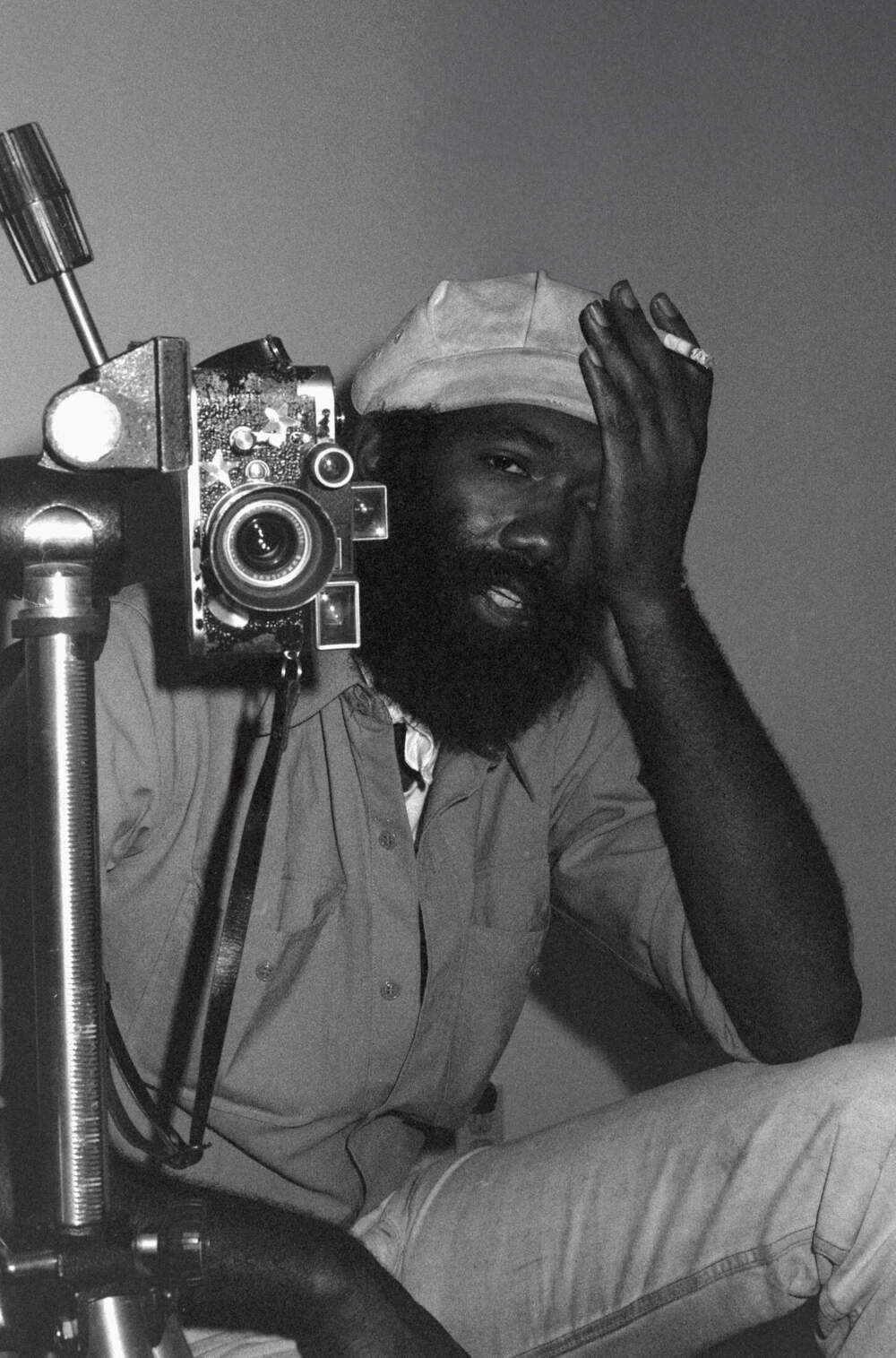
Miller: This was in the era before phones. So the person with the camera was the person with the camera. Everyone didn't have a camera. We don't necessarily know for sure that he took this, but to me, it looks like he probably did. He took pictures of himself sometimes with time release and sometimes in a mirror.
A previous version of this story gave incorrect dates for Somerville Open Studios. The event will be held May 4 and May 5.
